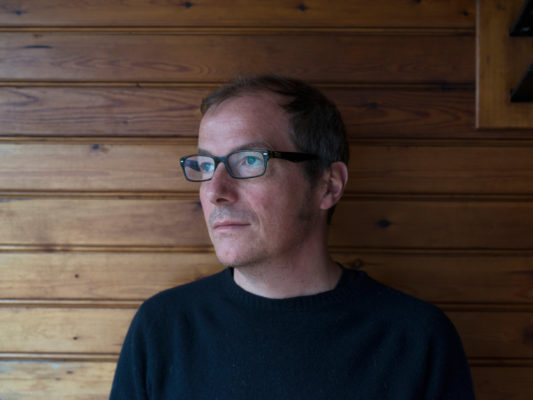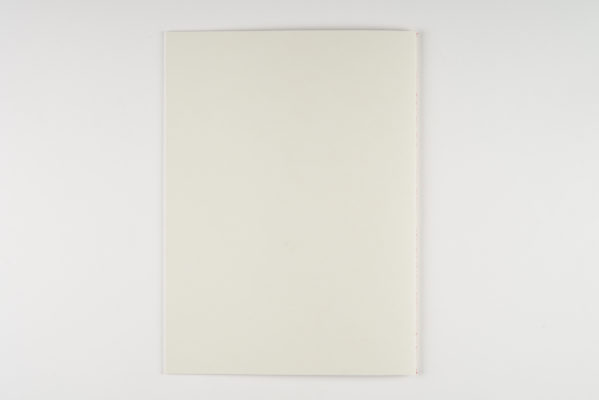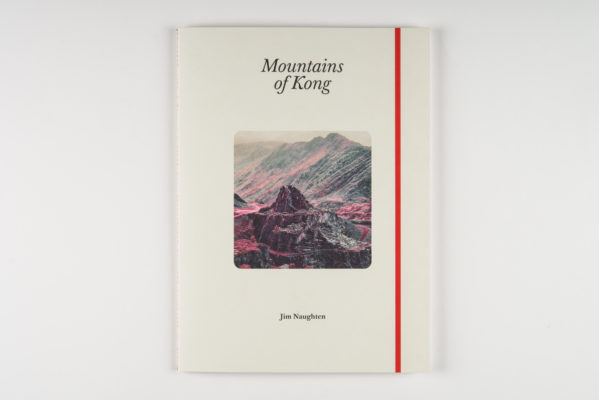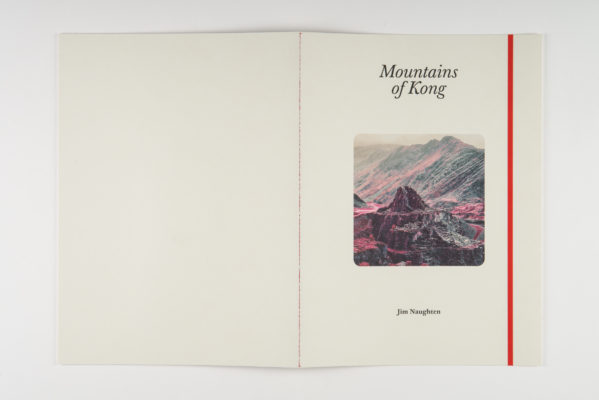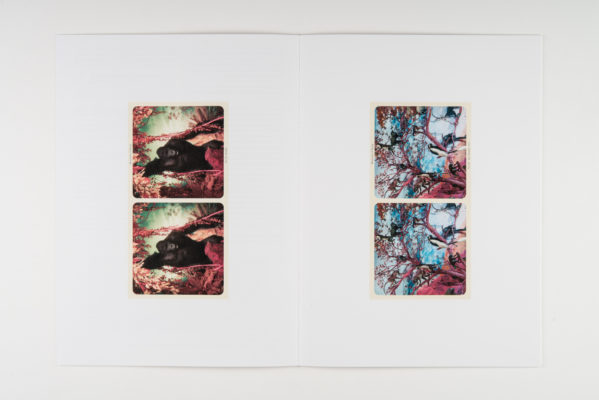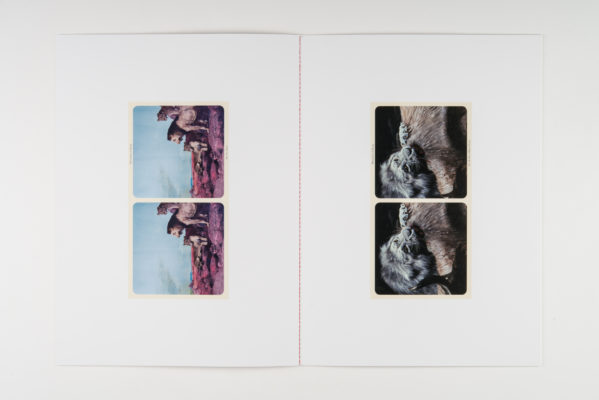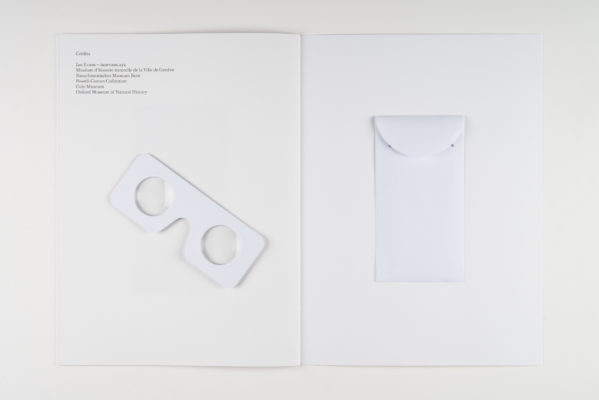Jim Naughten
Jim Naughten is a British photographic artist born in 1969 in the United Kingdom. Currently living and working in London, he studied on a painting scholarship at Lancing College and later Photography in Bournemouth University in the United Kingdom. Naughten’s work explores themes involving historical subject matter, questioning our relationship with History. He questions the veracity of the photograph and how the “truths” of history evolve over time.
Naughten’s work has been widely featured in exhibitions across Europe and the US and includes a solo show at the Imperial War Museum and group shows at the Royal Academy of Art and National Portrait Galleries in London. His first series, Re-enactors, was published as a monograph in 2009 (Hotshoe Books), his second, Hereros, was published by Merrell in 2013 and his latest book, Animal Kingdom, by Prestel in April 2016. Animal Kingdom represents Naughten’s first stereoscopic work.
Collections holding his work include the Imperial War Museum (UK), The Museum of Art, Houston, Museum of Honolulu and private collections in the US, UK and Europe.
Project
The Mountains of Kong
Jim Naughten proposes to travel through time to a fabled place where only the best images can be made. For the Prix Elysée, he will explore first hand a place that may or may not have ever existed. Acting as an explorer, scientist and photographer to visit this fabled land, Naughten will document a world that existed in popular consciousness and maps for over a hundred years, the Mountains of Kong.
“The Mountains of Kong are a fabled mountain range that existed on maps from 1798 through to the late 1880s when they were finally declared to be nonexistent. However, I will create a series of stereoscopic images that tell a very different story. My stereoscopic images of the Mountains of Kong will record the expedition for posterity and scientific purposes, very much in the manner of earlier expeditions. The resulting images will be viewable in three dimensions by using the same stereoscopic technology made popular in the late 1800s which allowed Victorians to travel to the four corners of the world whilst sitting at home in their armchairs. The evidence in three dimensional forms will therefore be irrefutable.
In the Mountains of Kong I discover extraordinary, otherworldly landscapes, encounter strange hitherto unknown creatures, bizarre plants, and lost tribes that seem to dwell in a parallel universe. I faithfully record these true events with my stereoscopic camera, aping the explorers and expedition scientists and photographers of the past.
The work aims to be both engaging and playful, but also will function as a comment on the mutability of history and our ever evolving and malleable relationship with the past.”
